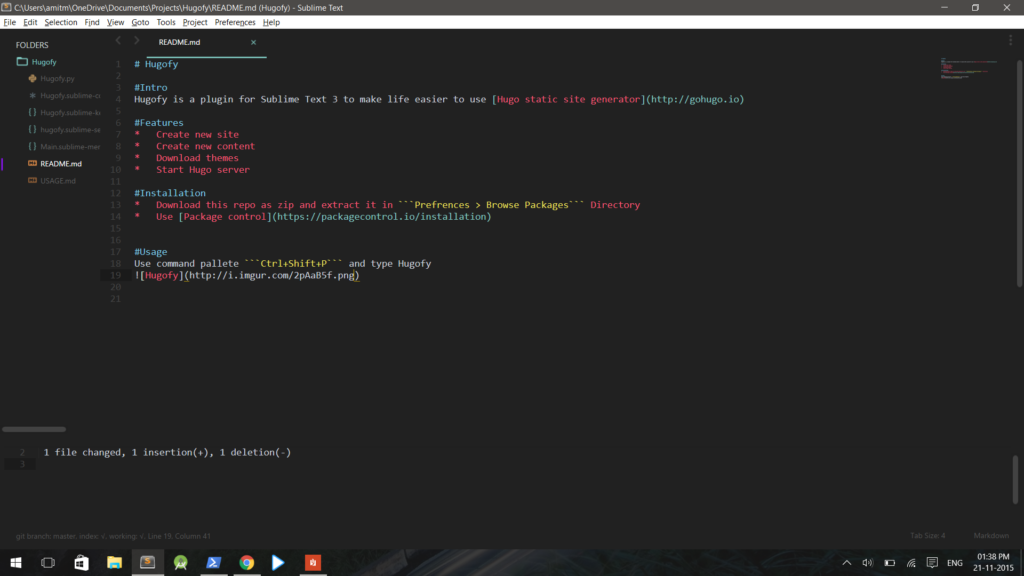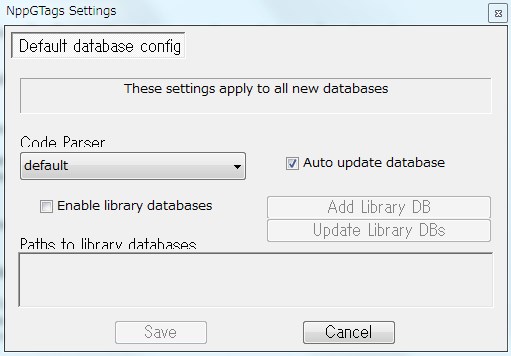

This includes numbers, but numbers with decimal points are split into two different “words.” Path completionĭifferent from function and word completion which can be triggered automatically after 1 (or X) keystroke(s), Path completion needs to be triggered manually, by using shortcut (default: Ctrl+Alt+Space) or via menu command Edit > Auto-Completion > Path Completion after typing the drive (for example “C:“). Any word two or more characters long is added to the list. “Words” are taken from the current file-everywhere in the current file, comments and code. And again, the hint can be dismissed with Esc. The user can also select the “Function parameters hint” from the menu or by keystroke (default: Ctrl+Shift+Space), when the caret is between the opening and closing parentheses of the function call. Notepad++ will display the hint automatically when the open-parenthesis is typed, if that option is selected in the Auto-Completion settings. The keyboard shortcuts are new to v8.4.5.) (Those keyboard shortcuts are not listed in or affected by the Shortcut Mapper tool. You may click on those arrows, or use Alt+UpArrow or Alt+DownArrow keyboard shortcuts, to cycle through the parameter hints. If there are multiple hint definitions for the current function, there will be up and down arrows (▲ ▼) in the tooltip box. This may save you a trip to the function’s documentation to remember what those parameters are. While the actual text shown is up to the author of the definition file, typically this would show, at minimum, a keyword for each of the parameters taken by the function call. a “call tip”): a small tooltip-style box opens with text containing a description of the function. When a function name has been typed in, followed by the opening parenthesis used to enclose the function’s arguments, Notepad++ will automatically, or manually, display a hint (a.k.a. The auto-complete definition file can specify if a keyword is a function. (The words in these files do not necessarily include all the keywords listed in the lexer definitions.) These files can specify which of the words are keywords and which are functions functions support an additional completion feature, “parameter hint.” Both the functions and keywords from this file are considered “Function completion” throughout this documentation. These function lists are stored in auto-completion definition files, each named according to its language.

(The lexer defines the syntax coloring the auto-completion file specifies the names of the functions.) Typically these function words include language keywords (which technically are not functions) such as switch in C and similar languages or lambda in Python, and some set of standard library function names such as assert or fdopen in C. “Functions” are pre-defined and loaded along with the lexer that corresponds to the computer language of the file.

There are three sets of candidate words that Notepad++ uses to create suggestions these are referred to as “words”, “functions” and “system paths”. If more than one word in the list of candidate words matches what you’ve typed, Notepad++ will present a list containing the words the highlighted word in the list is the one that will be selected on the completion key, but you can use the Down- & Up-arrow keys, or PageDown & PageUp, to move through the list or, type Esc to dismiss the list.

If the suggested word is not what you want, keep typing. You accept the suggestion by typing the completion key (see “ Automatic completion”, below), and the word is completed within your buffer as if you’d typed it all out. For instance, if you’re coding in JavaScript and type syn, Notepad++ can present synchronized (a JavaScript keyword) as a suggestion. Notepad++ offers automatic completion of various sorts of text after you have entered an initial substring (or prefix), which can save you having to type all of a long word (and potentially save you mistyping it).


 0 kommentar(er)
0 kommentar(er)
